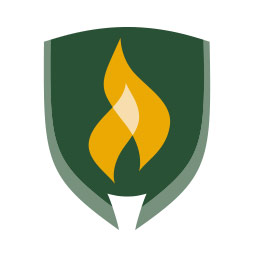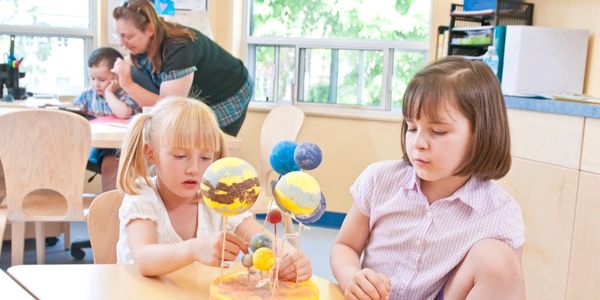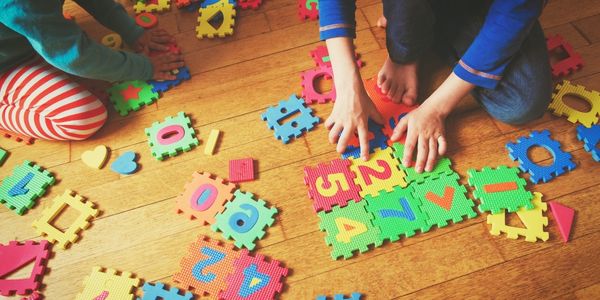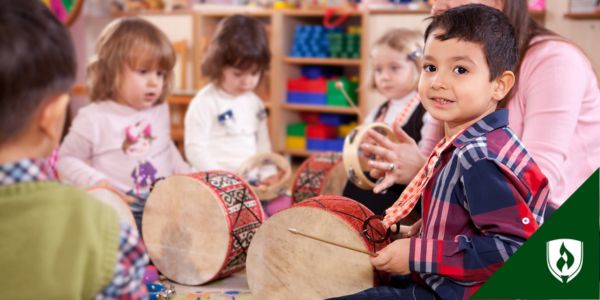I was observing a preschool classroom one day when the teacher was interrupted during circle time to give the director the attendance count for the day. She quickly counted the children as they were seated on the carpet, and then turned her attention to complete the attendance paperwork. As she counted, several children started their own counting. Looking at the assistant teacher to see if she would continue the activity, I saw a grin on her face when she told me she was creating a “teachable moment”.
As the children counted she asked each child how many total children there were. More children began counting and she directed them to take turns. As each child said their total number we heard numbers such as 15…18…23. The children were excited and attentive. The assistant teacher finally did her final count of the children in the class and said “20”.
A teachable moment is a random event that happens at some point during the day where adults can provide a learning opportunity for children. In the above example, the assistant teacher seized the opportunity to capitalize on the children’s interest in counting to extend their learning. Here are some tips early childhood educators can use when taking advantage of teachable moments.
Observe to see if children are interested in the unexpected event.
The assistant teacher saw that children were joined in the counting and stepped in to manage the turn-taking. She allowed the activity to continue until its end. The children’s faces were excited as they heard each total number.
Be aware of the skills or expectations of the age group.
This assistant teacher understood that preschoolers have varying skills in number sense, which includes counting and one-on-one correspondence. Most of the children counted numbers between 1 and 10 correctly, but some had difficulties with numbers greater than 10.
Do not stop children’s actions to “correct” them.
All the children pointed as they counted, some skipped numbers, some skipped children and some counted the same child twice. None of them counted themselves. All had different total numbers. The assistant teacher did not stop the children or correct them as they made mistakes. She allowed them to go through the experience without stressing them with the right or wrong way to count or having the correct total number.
Model the correct or appropriate behaviors or actions for children.
When the assistant teacher counted she did not announce she was going to “count the correct way” but instead said, “I’m going to start [counting] with Mary.” She counted slowly and the children chimed in and counted with her.
Use what is observed about children’s skills to plan for future activities or lessons on the topic.
In our discussion at the end of the day, the assistant teacher noted that she needed to teach her students that math has purposes in everyday life. Because of that, she wanted to plan for more practice with counting using both objects and people in varying situations.
Teachable moments can benefit children by stretching their imaginations, awakening curiosity about their world and stimulating their developing brains. When early childhood teachers take advantage of teachable moments that happen spontaneously and in everyday situations, they are promoting children’s learning and development.




